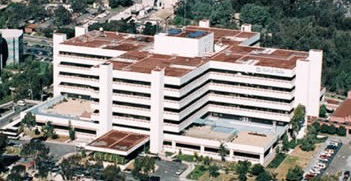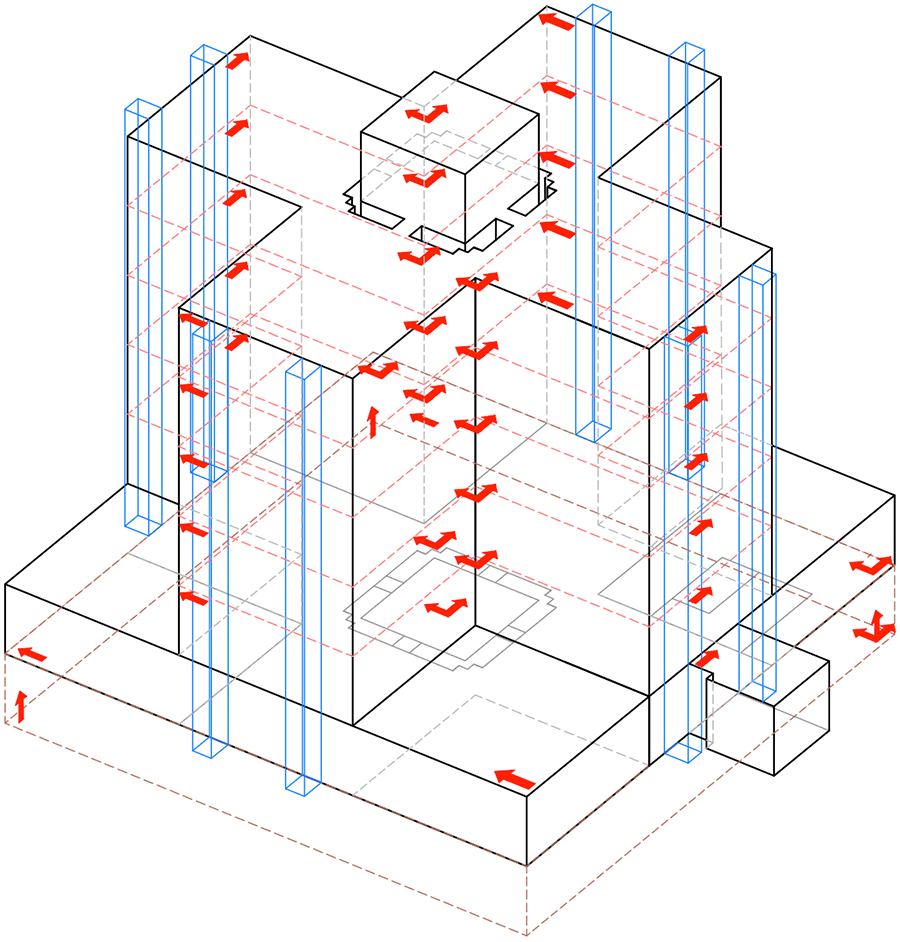

Instrumented Buildings
- Structural Health Monitoring of Veterans Affairs’ Hospital Buildings
- UNLV’s Environmentally Friendly Science and Engineering Building is Monitored for Earthquake Shaking
After a major earthquake it is imperative to check the condition of structures in order to be able to assess their structural integrity for public safety.
Recordings from structures instrumented with sensors help engineers assess the structure’s safety and functionality in a timely fashion. Such recordings are also critical to designing safer infrastructure, and to preventing loss of life.
In particular, monitoring structures helps engineers to:
- assess a structure’s safety immediately following a damaging quake,
- understand how damage to structural and nonstructural components (such as equipment and pipes) occurs from strong shaking,
- evaluate and improve earthquake-resistant design techniques and also methods for predicting the seismic performance of structures, and
- improve earthquake-resistant design provisions in seismic codes.
More than 250 structures throughout the United States have been outfitted with seismic sensors by the USGS National Strong Motion Project (NSMP) to improve the overall understanding of earthquakes and their effects on the built environment.
The instrumentation and monitoring of structures by NSMP is only one part of USGS efforts to protect people’s lives and property from earthquake hazards in all of the Nation’s seismically active regions.
Shaking Visualizations
These videos present a visualization of how the Atwood Building and Frontier Building in Anchorage, Alaska shook during the M7.1 earthquake on January 24, 2016. The buildings were instrumented by U.S. Geological Survey to obtain data to study their behavior and performance during strong shaking.
 Jump to Navigation
Jump to Navigation